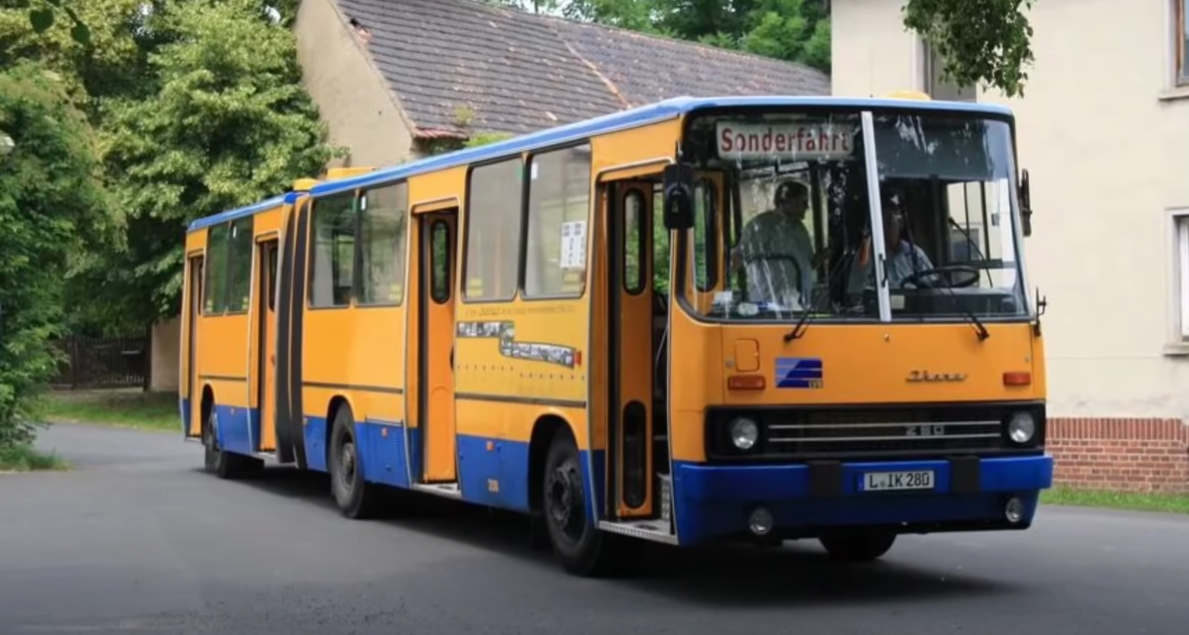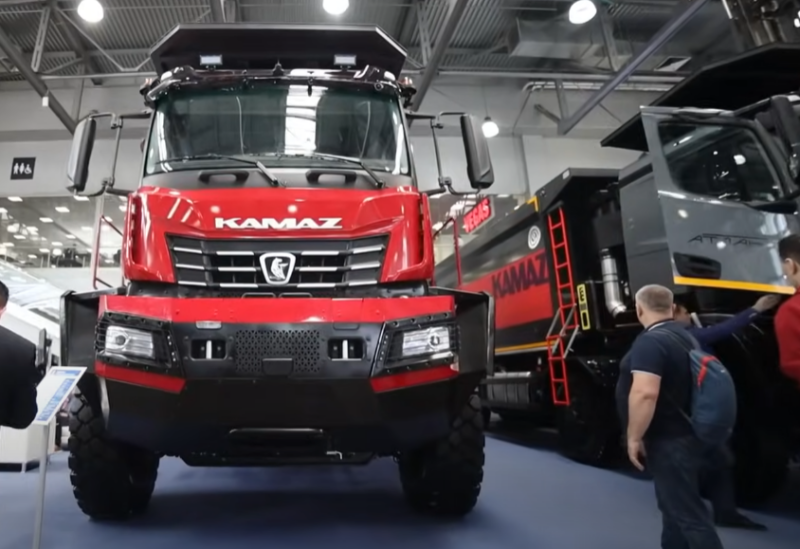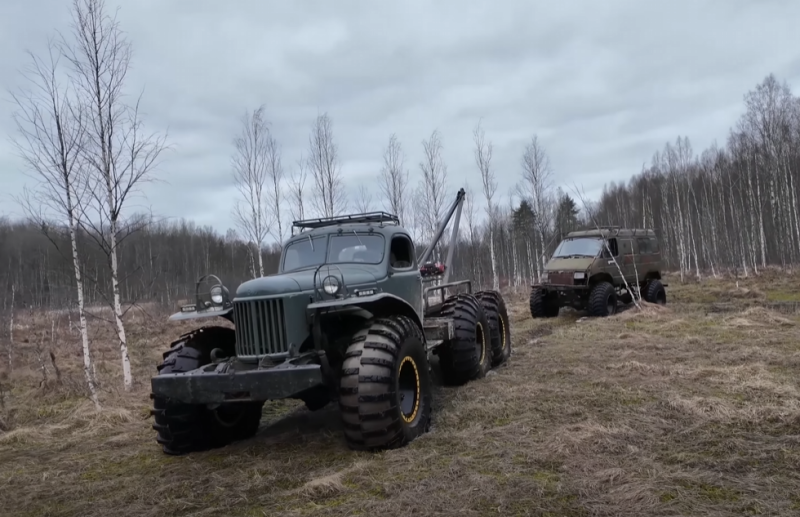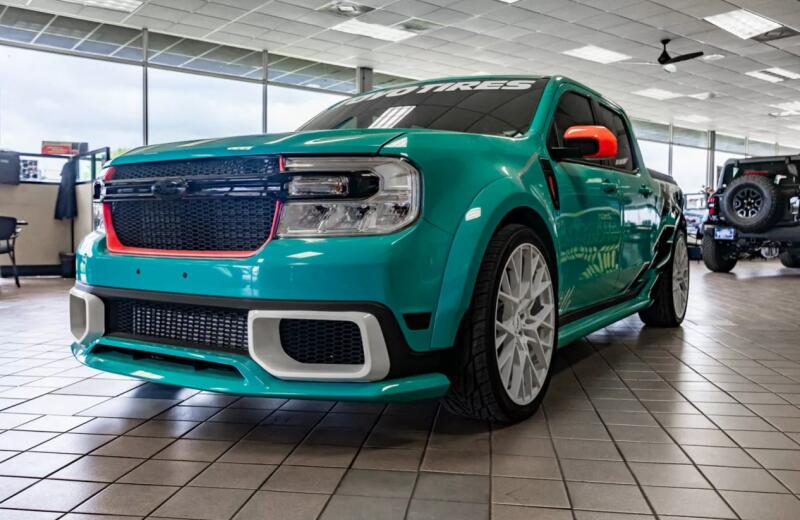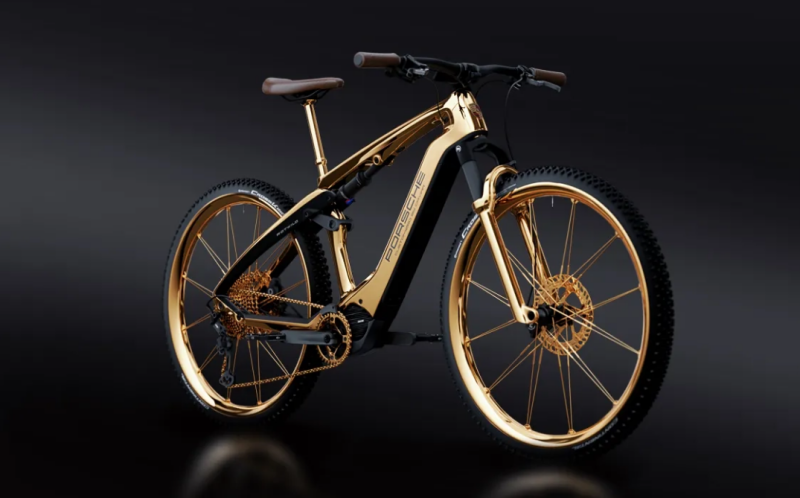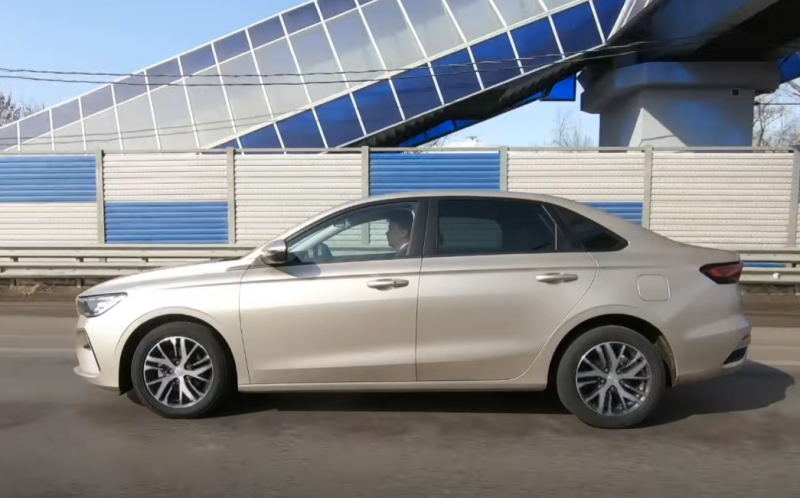Today's article is devoted to the most spacious passenger bus of the USSR - Ikarus-280 "with an accordion", which was so loved by the Soviet children.
The story of
In the late 1960s, the Ikarus of the 556th family, mainly articulated Ikarus 180, was massively delivered to the Soviet Union. The number "180" in the title means nothing more than the number of passengers.
 They say that some copies are still working! Photo: Youtube.com
They say that some copies are still working! Photo: Youtube.comFor the USSR, this model was the most spacious and modern, transport workers highly appreciated this bus. Passengers also liked it, although some called it "livestock" because of the large amount of standing room in the cabin.
In the Soviet Union, the first Ikarus 180 appeared in 1968. It was at this time that the development of a new series, the 200th, began at the Hungarian bus factory. The model turned out to be revolutionary - the engineers used a modular system that makes it easy to combine modifications to please consumers from different countries.
The design of the new 200th series allowed:
- ? Change body length
- ? Install different engines and gearboxes without a global change
- ? Adjust the number of doors
All Ikarus 280s are "accordion" buses. Short wheelbase options received an index of 260.
For their time, the cars were stylish and modern - this was appreciated not only in the countries of the socialist bloc, but also in capitalist Europe. The body with its memorable front end received the silver cup of the Prince of Monaco and the same award from French designers.
Serial production of buses of the 200th series began in 1973. The Soviet Union became the most important consumer of Hungarian technology, providing the Ikarus plant with orders for almost 20 consecutive years. Even after the collapse of the USSR, Russia and other CIS countries remained the main buyer of equipment.
Design features
The most important difference between the Hungarian Ikarus 200 series and the Soviet LiAZ and LAZ is a modular chassis and an engine with a gearbox located below under the floor. Thanks to this, the designers managed to make an ideal weight distribution and even distribution of the load between the axles.
 The doors of the new design made it easier for passengers to get in and out! Photo: Youtube.com
The doors of the new design made it easier for passengers to get in and out! Photo: Youtube.comPlus, the floor of the Ikarus became even, which had a positive effect on the increase in passenger standing places.
For mechanics-repairmen, such a design was also good. Access to the engine and gearbox is organized competently - through large hatches in the floor. Repair was simplified as much as possible, and in bad weather it was much more pleasant to work from the salon than to get wet in the rain on the street.
But what was a virtue for repairmen and drivers turned into a nightmare for passengers over time. The fact is that from the factory the hatches are reliably sealed with seals, which lasted for five years. Then they started to let in air.
The problem is that the engines in the buses also wore out and smoked. And all this fumes went into the salon through worn-out seals.
This problem was especially relevant in the 90s and early 2000s. Sometimes it became unbearable to ride in such a bus, you had to open windows and hatches so as not to suffocate, and the smoke also ate out your eyes. A winter trip in such conditions was generally remembered for a long time!
Ikarus 280 often pleased with gaping holes in the rubber "accordion" that covers the joints from above and from the sides.
Externally, the bus looked quite modest, but tasteful. Inside, it is the most spacious in the USSR - 160 seats, of which only 35 were seated.
 Drivers aspired to work on the Hungarian bus! Photo: Youtube.com
Drivers aspired to work on the Hungarian bus! Photo: Youtube.comThe driver's cab was also notable for its convenience, hitherto unheard of by Soviet bus fleet workers.
Any person who has ever driven an Ikarus-280/260 in the winter in the 90s will remember how terribly cold it was there, and the large windows were covered with frost from top to bottom. Many passengers are sure that the Hungarian buses did not have a stove for the passenger compartment. The fact that the driver was sitting in the cab without a jacket was due to ingenuity. The fact that in the 1970s and 80s it was much warmer in the cabin was somehow forgotten.
In fact, Ikarus 280 had an autonomous heater, like most models of the 200th series. It was just that he worked on diesel fuel, and since the 90s, drivers began to save it, believing that passengers in the crowd are already warm, and they need fuel more.
Technical specifications
The best thing about the Ikarus 280 bus is the powerful and high-torque Raba-MAN diesel engine. The six-cylinder engine had a working volume of 10,35 liters and developed a power of 190 liters. With. The engine turned out to be resourceful - before the overhaul, it nursed about 500 km, which for that time was an excellent result.
The engine was paired with a five-speed manual gearbox. Automatic transmission would have been more suitable for this bus, but in Hungary they decided not to mess with it. Ironically, the Soviet-made automatic transmission was planned to be installed on the LAZ, but in the end it was received by the LiAZ-677.
The Ikarus 280, while it was new, had a smooth ride. This is due to the suspension - each bridge was suspended on pneumatic cylinders.
 The salon still looks modern! Photo: Youtube.com
The salon still looks modern! Photo: Youtube.comDrum brakes on all wheels, but with air drive. To avoid accidents associated with the lack of pressure, one interesting solution was applied. The parking brake simply did not release until the compressor brought the system back into operation.
Together with buses, whole sets of tools came to the USSR, with which it was supposed to repair Hungarian equipment. Very quickly they migrated to the household of mechanics - of course, foreign tools are more needed there!
Upgrades
Since 1973, Ikarus 280.01 has been supplied to the USSR. In 1984 it was replaced by version 280.33. The modification almost did not change externally, except that the windows were now set high, and the color of the handrails in the cabin became black.
But technically the model was seriously upgraded:
- ? New six-speed gearbox
- ? The engine received a turbocharger, which increased the power of the power unit to 210 hp. With.
In 1989, Ikarus 280.64 began to be delivered to the USSR. This modification is outwardly distinguished by the presence of planetary double doors. There were more changes inside the cabin - new seats, ceiling lights, the partition separating the driver's cabin has changed.
 The same circle-joint, loved by children! Photo: Youtube.com
The same circle-joint, loved by children! Photo: Youtube.comIn the early 1990s, when the Soviet Union collapsed, buses continued to be bought from Russia, although the volumes decreased many times over. Realizing that they needed to look for new markets, the Hungarians began to modernize their buses, trying to make them competitive in Europe.
Sunset of the Ikarus era in Russia
After the collapse of the USSR, Ikarus 260/280 continued to be the main type of public transport in large cities. They tried to keep the buses in working condition, sometimes they even bought new ones.
Since 1993, Ikarus 280 has been assembled at the Tushino Machine-Building and Kurgan Bus Plants. It was the so-called screwdriver assembly, when “naked” cars were brought from Hungary, which they then completed on their own.
In 2001, the Ikarus plant stopped producing the 200 series, after which they no longer made new Ikarus-280 buses.
But the machines worked for a long time on the streets of Russian cities. Even now, in some transport fleets, they are used as technical assistance.
 Tourist Ikarus-256. Photo: Youtube.com
Tourist Ikarus-256. Photo: Youtube.comIkarus 280 will forever remain in our hearts - this is a real legend of the USSR, even if made in Hungary!
